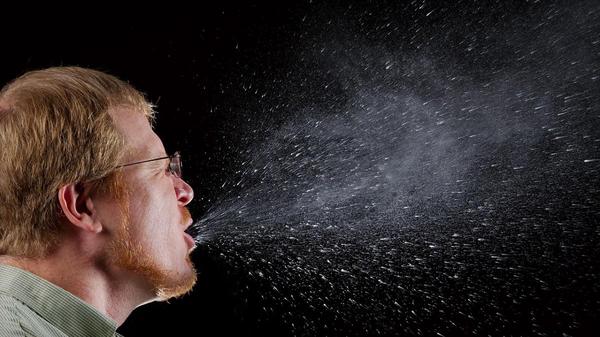A study gives the key to contagion: How long does covid last in the air? What is the greatest risk of exposure?
The time that SARS CoV-2 remains in the environment has been the subject of research since the start of the pandemic, but how long does it take to disappear from the air? Does it happen everywhere equally? A recent study has resolved some of these doubts by determining that the virus loses 90% of its ability to infect within 20 minutes after it is transmitted in the air.
In addition, the greatest loss occurs in the first five minutes. This finding emphasizes that transmission occurs at short range, so physical distancing measures and the use of masks remain essential.
The main author of this study -still pending peer review-, Professor Jonathan Reid, director of the Center for Aerosol Research at the University of Bristol (United Kingdom), points out, in statements to The Guardian, that the attention has focused on poorly ventilated spaces and airborne transmission "over many meters or across a room," when "the greatest risk of exposure is when you're close to someone."
In this way, the greatest risk of contagion in closed spaces, such as bars, is found more in the companions themselves, to whom they are exposed for more time without a mask, than in the rest of the strangers with whom they share space.

Reid does not deny that infection can happen from a distance, although he explains that "when you move away, not only is the aerosol diluted, but there is also less infectious virus because the virus has lost infectivity."
New method to simulate an exhalation
Researchers at the University of Bristol have developed technology that allows them to simulate what happens to the aerosol during the exhalation process. Thanks to this technique, it has been possible to determine that, as viral particles are outside the moist and carbon dioxide-rich conditions of the lungs, they rapidly lose water and dry out.
Although the speed at which the particles dry varies according to the humidity of the environment. It has also been found that, at lower levels of CO2, transmission is slower. This limits the ability of the virus to infect.
If the humidity was below 50%, such as in an office, the virus lost about half of its infectivity in five seconds and the rest was lost more slowly and steadily. If the humidity was 90%, like a shower, 52% of the infectious particles remained after 5 minutes and only 10% remained after 20 minutes. After 20 minutes, there were no differences in the presence of the virus in both humidity conditions. According to the study, ambient temperature does not seem to have an effect on transmission.
